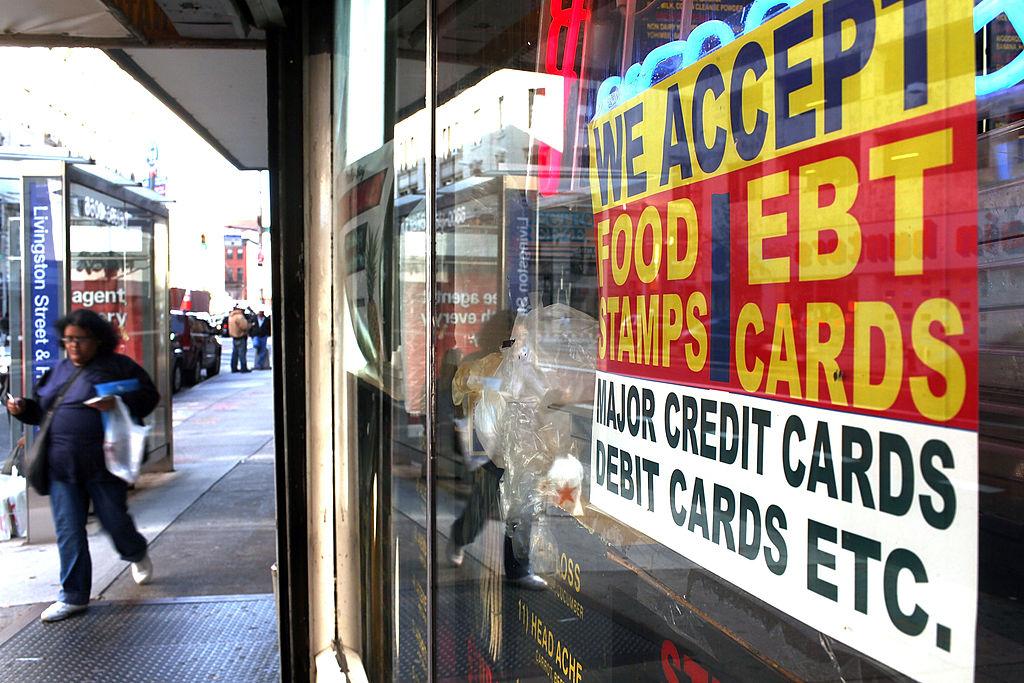When rolling out President Donald Trump’s 2018 budget, Office of Management and Budget Director Mick Mulvaney made the news by announcing the intention to require work for able-bodied individuals in SNAP (Supplemental Nutrition Assistance Program), also known as food stamps. In fact, Mulvaney was simply getting in front of a quiet revolution tying work to SNAP eligibility that has been taking place across the United States.
Mulvaney’s proposed reform goes against almost 16 years of Washington expanding SNAP. Big agriculture loves the markets SNAP provides for its products; politicians love to give people benefits; and states can fatten their budgets with federal dollars by enrolling more people in the program.
As a result, today SNAP is a far bigger—and far more expensive—program than it was in 2000, at the beginning of George W. Bush’s first term.
Growing Program
In 2000, 17.2 million people were on food stamps. During Bush’s presidency, by 2006, this would reach 26.5 million, in spite of the economy expanding during this time, which would normally lead to a decline in the need for food stamps.
In the 2002 Farm Bill, Bush expanded food stamps to non-citizens, increased benefits for families, and adjusted benefits for inflation. The 2008 Farm Bill further eased eligibility requirements and increased minimum benefits.






